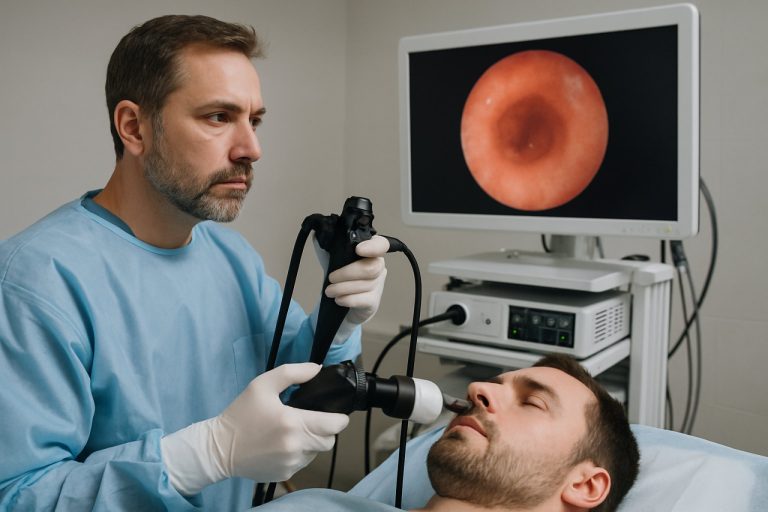
- The FDA now recommends annual COVID-19 vaccines only for seniors, children, and young adults with health risks.
- This aligns the U.S. policy with countries like Canada and Australia, causing debate over readiness and caution.
- The change stems from a need for larger, longer studies on healthy people before broad recommendations are made.
- Pharmaceutical companies face costly clinical trials, casting uncertainty on expanded vaccine research.
- Concerns over vaccine trust and protecting the reputation of established vaccines influenced the FDA’s move.
- Scientific integrity and public trust remain top priorities as America’s COVID-19 vaccination strategy enters a new era.
The air inside Food and Drug Administration headquarters buzzed with urgency this week as officials rolled out a major shift in vaccine strategy. America, a nation familiar with the comforting yearly rhythm of flu shots for all, now faces a sobering new protocol: only those at highest risk—seniors 65 and older, plus children or young adults with specific health challenges—are approved for the annual COVID-19 vaccine.
This momentous decision, delivered in a crisp policy announcement on Tuesday, places the United States shoulder-to-shoulder with international peers like Canada and Australia. But beneath the cool surface of global alignment, a swirl of debate and anxiety brews.
- Why pull back on recommendations?
- What happens to the rest of the population?
- Does this mark a new era of caution—or hesitance?
Dr. Michael Calderwood, renowned infectious disease expert at Dartmouth Hitchcock Medical Center, paints a picture of both convergence and concern. His voice steady, he notes that the United States now matches countries that reserve COVID-19 vaccines for those most at risk. But he questions whether we are ready to stop recommending the vaccine for all, in the way we do for the flu. “We don’t have enough evidence,” he explains. “It’s a hotly debated move.”
The guiding force behind this policy? A demand for larger, longer studies on healthy populations before approving vaccinations beyond the highest risk groups. The FDA, standing on the bedrock of medical rigor, urges companies to embark upon extensive clinical trials. But such research comes at a price—hundreds of millions of dollars—casting doubt on whether pharmaceutical giants will seize the challenge.
Rippling beneath these decisions is a deeper current. As Dr. Calderwood points out, America’s confidence in vaccine safety has eroded in recent years. The FDA fears that a blanket recommendation for the COVID-19 shot, without sufficient data for low-risk groups, could amplify skepticism and threaten the legacy of established vaccines—those that have shielded generations from threats like measles and polio.
- Scientific integrity stands at the forefront.
- Public trust hangs in the balance.
- Billions of dollars and global health imperatives converge.
The FDA’s deliberate restraint signals a turning point in the story of the pandemic. For now, America will offer its safeguard to those most vulnerable, while researchers labor behind the scenes, seeking answers bold enough to convince a wary public and reignite the rhythm of widespread vaccination. Food and Drug Administration representatives vow transparency along the way, inviting the nation to watch as history unfolds.
Shocking Upsides and Downsides of the New U.S. COVID-19 Vaccine Policy Revealed!
-
Pros
-
Global Alignment:
The updated recommendation brings the United States in line with nations like Canada and Australia, promoting international consistency. -
Focus on High-Risk Groups:
By prioritizing seniors and vulnerable youth, the strategy devotes resources where they’re needed most and curbs unnecessary exposure to new vaccines. -
Commitment to Science:
Food and Drug Administration demands rigorous, long-term studies before widening access, protecting public health through evidence-based decisions.
-
Global Alignment:
-
Cons & Controversies
-
Concern Over Public Trust:
Limiting recommendations could aggravate vaccine hesitancy already present in the population, undermining trust in all forms of vaccination. -
Potential for Increased Cases:
With healthy adults and children excluded from annual shots, the possibility of higher COVID-19 transmission rates among low-risk groups is a real worry. -
Economic Barriers to More Data:
Calls for larger, longer trials may slow progress; few companies may be willing to invest hundreds of millions without guaranteed market expansion.
-
Concern Over Public Trust:
-
Limitations
-
Evidence Gaps:
Experts like those at Dartmouth Hitchcock Medical Center caution that there is not enough data on broad, healthy populations, resulting in a cautious—some say restrictive—approach. -
Ongoing Uncertainty:
The policy may change based on future results, meaning that guidance could continue to shift, possibly causing confusion or fatigue among the public.
-
Evidence Gaps:
Is America playing it too safe—or just smart enough? Only time, and much-needed research, will tell.
Experts Predict a Game-Changing Shift: What’s Next for Vaccines in America?
-
Stricter Approvals and Longer Studies
Industry insiders believe the Food and Drug Administration will continue prioritizing extensive clinical trials before broadening COVID-19 vaccine recommendations. Expect leading pharmaceutical companies to weigh the high costs and potential rewards of launching these studies.
-
A Focus on High-Risk Communities
Following the example set by Canada and Australia, the U.S. is forecast to keep annual COVID-19 vaccines targeted at seniors and those with vulnerable health profiles. As population data grows, risk group definitions may expand or contract.
-
Public Trust and Transparent Communication
The coming years will likely see intensified public education campaigns from the Food and Drug Administration to restore and maintain confidence in all vaccines. Transparency will be key, as authorities share new data and policy updates with the public.
-
Potential for New Vaccine Technologies
With the demand for larger, longer studies, innovation may accelerate. Watch for breakthroughs in vaccine development, safety monitoring, and personalized dosing strategies, especially as research investments rise among global healthcare leaders like Dartmouth Hitchcock Medical Center.
-
Global Harmonization of Vaccine Recommendations
Experts anticipate greater alignment among countries as international data emerges, possibly driving a multinational approach to future pandemic preparedness and annual vaccination protocols.
As the nation’s policy evolves, so too will the science, economics, and public sentiment behind vaccination. The next few years promise dramatic change—stay tuned for history in the making.



